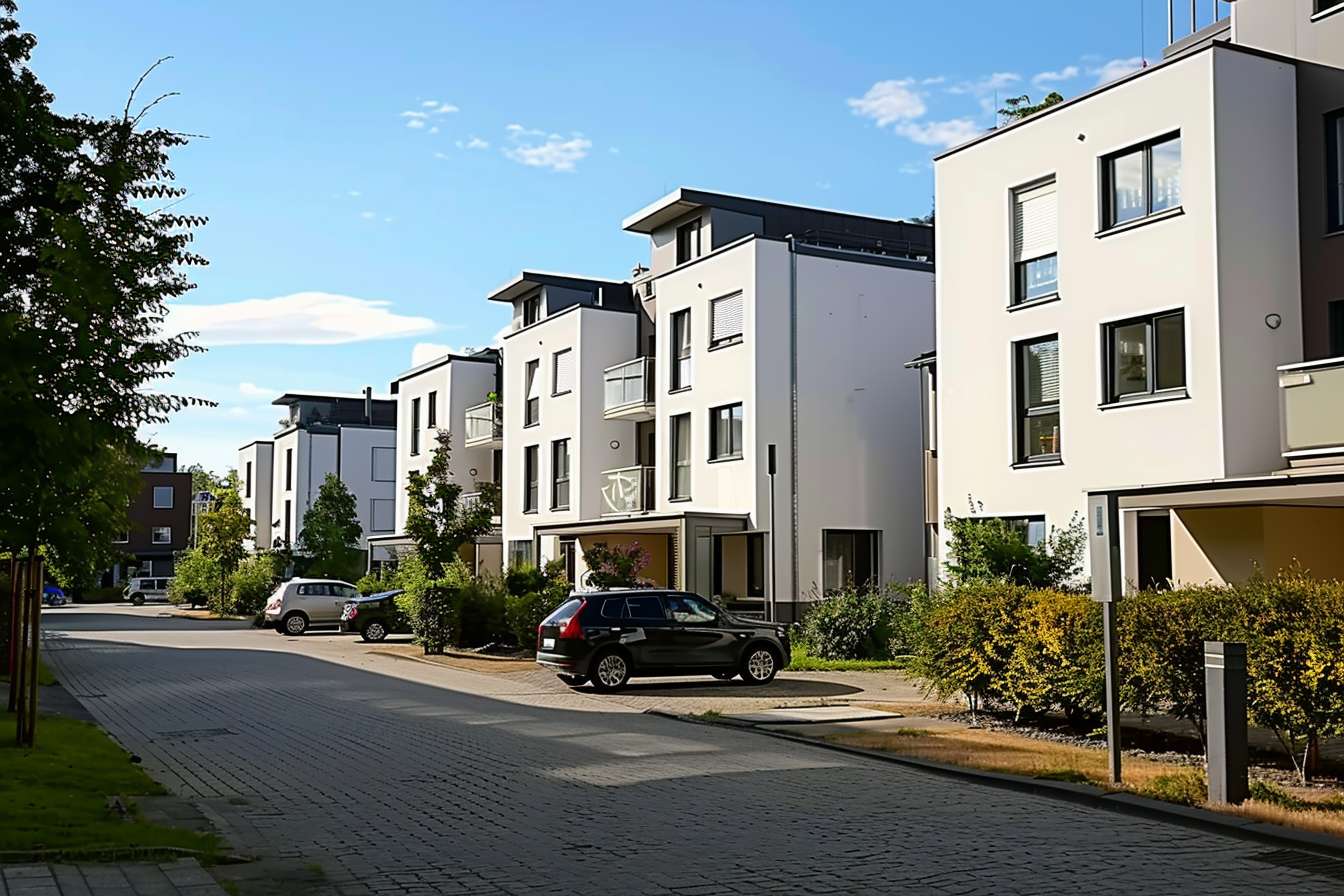Unmasking the Potential of Real Estate in Secondary Cities
The allure of prime real estate markets has long dominated the investment sphere. However, secondary cities—those metropolitan areas that are not the largest in their respective regions—are emerging as lucrative alternatives. This article delves into the rising significance of these secondary cities, their market trends, and the opportunities they present to real estate investors.

Understanding the Secondary City Phenomenon
Secondary cities are typically characterized by smaller populations and a less frenetic pace than their larger counterparts. However, these cities are not lacking in economic growth, cultural vibrancy, or quality of life. Over the past decade, advancements in technology, shifting economic trends, and evolving lifestyle preferences have contributed to the rise of secondary cities as desirable real estate destinations.
Current Market Trends in Secondary Cities
Secondary cities are experiencing appreciable growth in their real estate markets. Factors such as affordability, quality of life, and economic diversity are attracting a new wave of residents. These cities also offer a balance of urban amenities and small-town charm, making them particularly appealing to millennials and remote workers. According to a report by Urban Land Institute, secondary cities like Austin, Denver, and Nashville are projected to experience above-average population growth over the next decade, further boosting their real estate potential.
The Investment Attractiveness of Secondary Cities
The lower cost of entry into secondary city real estate markets is a significant draw for investors. Properties in these markets often come with lower price tags than those in prime markets, yet offer competitive rental yields. Additionally, the forecasted population growth in these areas suggests potential for capital appreciation over time.
Navigating the Challenges
Investing in secondary cities is not without its challenges. These markets may lack the liquidity of prime markets, potentially making it harder to sell properties quickly. Additionally, market dynamics can vary significantly, requiring investors to thoroughly understand the local economy, employment trends, and demographic shifts.
The Impact of Secondary Cities on the Broader Real Estate Landscape
The increasing attractiveness of secondary cities is poised to reshape the broader real estate landscape. As these markets mature and evolve, they offer new opportunities for investors seeking diversification and potentially higher returns. While prime markets will always hold their appeal, the rise of secondary cities underscores the dynamism and diversity of the real estate sector.
In conclusion, secondary cities are emerging as compelling real estate investment destinations. Their growing popularity underscores the importance of keeping abreast of market trends and not being confined by traditional investment paradigms. As always, a thoughtful, well-researched approach will be key to capitalizing on the opportunities these markets offer.




